
The news that Aldi has jumped on the checkout-free store bandwagon might have you thinking: what’s a discounter doing experimenting with expensive store tech?
Having tracked the development and impact of checkout-free technology closely since Amazon opened its first Just Walk Out store in the US over four years ago, I often advise on the strategic drivers and economic considerations behind such a move.
Unpacking these considerations goes some way to answering the question Aldi is raising with its new ‘Shop & Go’ store in Greenwich. The most important of these is consumer demand, which I believe UK grocers have underestimated. The second is scale, which will prove more challenging. Finally and, crucially, are the retailer benefits – what’s in it for Aldi?
Some have pointed to the tempering of Amazon’s store opening ambitions in the pandemic as proof that checkout-free applications – with their computer vision and sensor fusion AI-driven tech – are too expensive to be anything more than a PR exercise for anyone without pockets as deep as Amazon’s.
Some 18 months after Amazon opened its first Fresh store in the US, I remember Sainsbury’s attempts to open a till-free, mobile scan & go trial in Holborn. But it ended after five months in September 2019 because shoppers “weren’t ready”. Little did anyone know six months later, QR codes, contactless payments, scan & go apps and ‘low touch’ shopping would become essential to meet rapidly changing customer expectations.
Read more:
-
How ‘just walk out’ stores can use technology and people to boost engagement
-
Just walk out could be a game-changer for Aldi’s stores
-
Aldi’s new ‘just walk out’ Greenwich store: what’s it like inside?
-
Aldi launches ‘just walk out’ checkout-free store in Greenwich
I agree checkout-free tech is still prohibitively expensive. But the business case for enabling customers to use their mobiles and/or bypass the till with their shopping is now much stronger in the UK thanks to the pandemic. Here, instead of critiquing the speed of Amazon’s checkout-free store rollout, I prefer to look at the fact that it has managed to roll out 15 stores in and around London in the same time it took to open some 20 or so locations across the US. Timing is everything.
I’ve always said UK consumers lead the world in their adoption of digital. Densely populated urban centres, almost ubiquitous broadband, smartphone and credit/debit card access and the highest proportion of grocery sales going online make the UK ‘prime’ hunting ground for a technology disruptor like Amazon. This inevitably puts pressure on its competitors to raise their game, even if their business model is based on a discount offer. Lidl is also dabbling with loyalty and scan & go apps.
Another crucial fact is that smaller, local and convenience format growth has outperformed larger, out-of-town stores. This is exactly the space where the checkout-free business case becomes viable. Even Amazon only recently scaled its Just Walk Out tech to its larger, 30,000-50,000 sq ft Fresh format in the US. So, Aldi is taking advantage of a perfect storm, in which rising labour costs mean staff are better deployed on the shop floor than behind a till. The tech’s ability to effectively reduce fraud can also contribute to returns on investment (ROI).
Finally, the data garnered from such digitally enabled investments arguably offers the greatest benefit. Knowing who your customers are, how they shop and using this insight to find more like them, as well as optimise the cost of serving them better, should be every retailer’s holy grail. So, while I don’t think Aldi, or even fellow fast followers Tesco and Sainsbury’s, have the appetite to match the scale of Amazon’s checkout-free store rollout ambitions, I do think that, from a competitive and strategic point of view, the checkout-free format is worthy of even discounter investment.







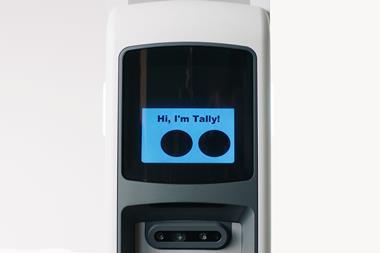


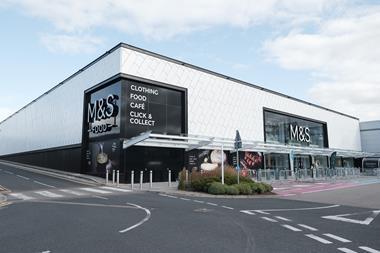
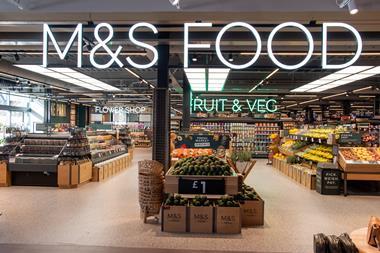


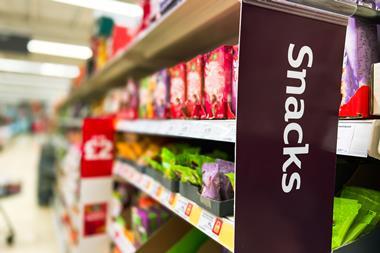
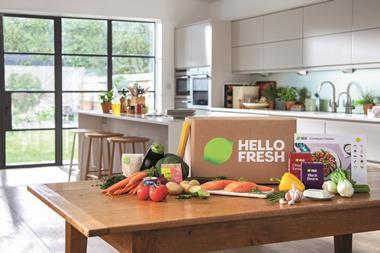



No comments yet